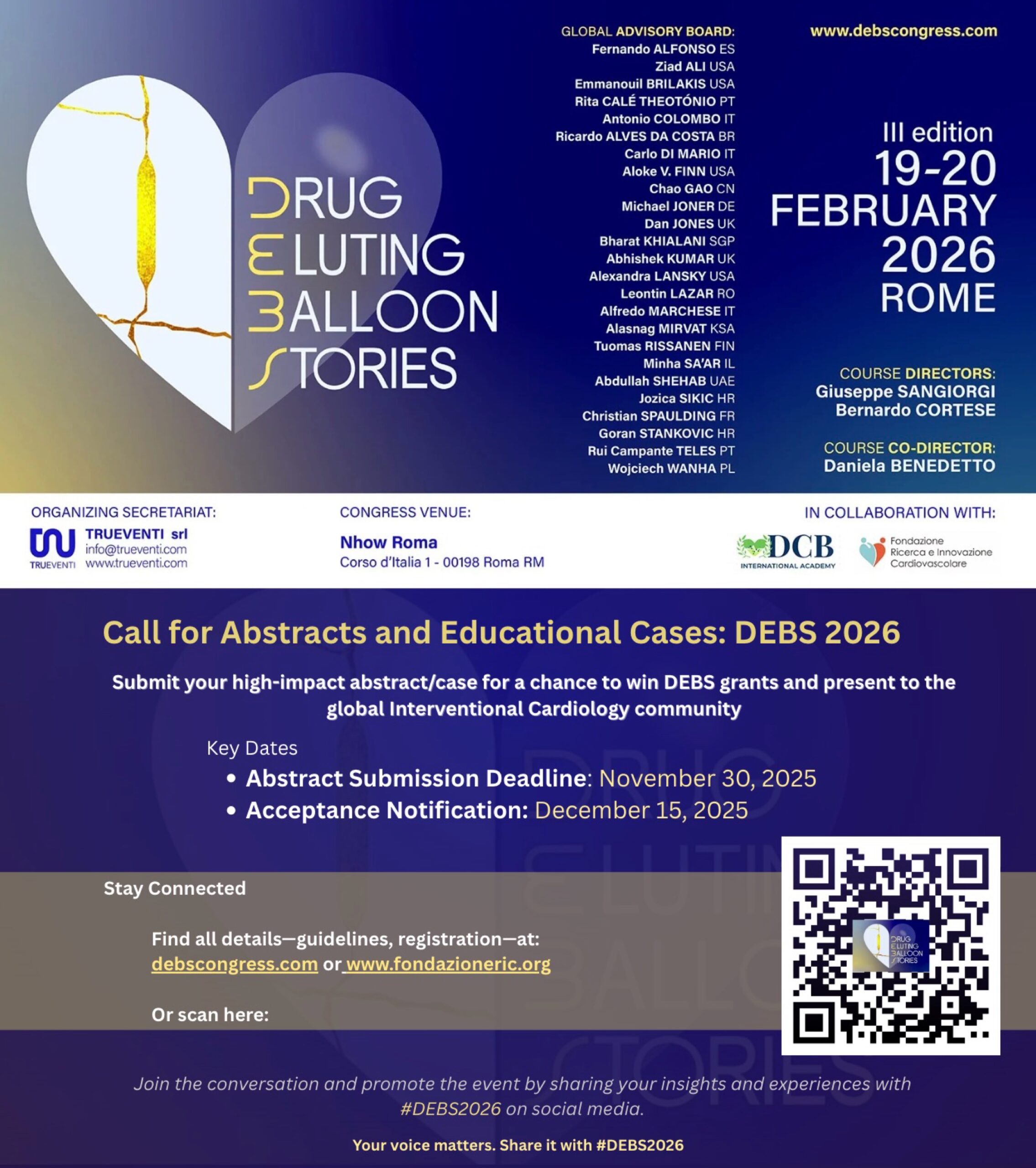Performance of sodium-glucose cotransporter 2 inhibitors in cardiovascular disease
Sodium-glucose cotransporter 2 inhibitors (SGLTi) were initially developed as a treatment for type 2 diabetes, but their use has now expanded to include patients with cardiovascular disease (CVD). In fact, these drugs have shown positive results in reducing symptoms and improving overall health in patients with CVD. This has led to a shift in focus from treating just diabetes to also addressing other conditions such as heart failure. As a result, SGLT2 inhibitors have become a valuable tool in managing not only diabetes, but also heart disease and chronic kidney disease. This article will delve into the mechanisms and benefits of SGLT2 inhibitors and their role in improving the health of patients with multiple conditions.
The role of optical coherence tomography in guiding percutaneous coronary interventions: is left main the final challenge?
Despite the advancements in interventional cardiology, there are still challenges that need to be addressed in the treatment of complex lesions. While there has been a narrowing of the gap between surgical and percutaneous approaches, the rate of repeat revascularization remains higher with the latter. In this regard, intravascular imaging techniques, such as intravascular ultrasound (IVUS) and optical coherence tomography (OCT), have played an important role in optimizing percutaneous coronary intervention (PCI) for lesions in the left main (LM) artery. While IVUS has been a well-established tool in this setting, the use of OCT is still limited and requires further study. This review paper delves into the current role of OCT in the treatment of LM disease, focusing on its usefulness in evaluating plaque morphology, vessel dimensions, and proper stent sizing. It also examines its potential in identifying mechanisms of stent failure, guiding bifurcation stenting, and provides a comparison with IVUS based on the latest available data.


